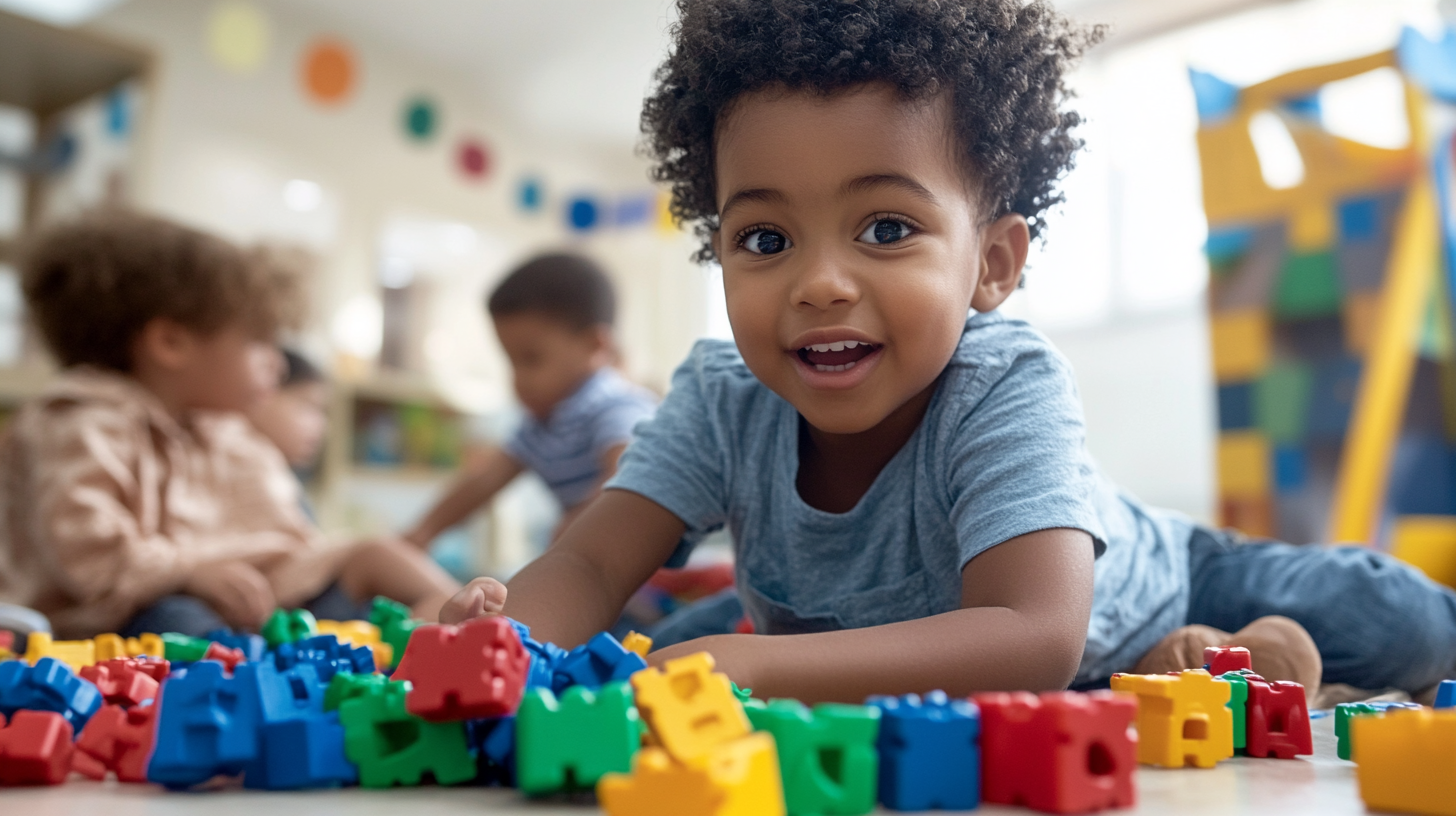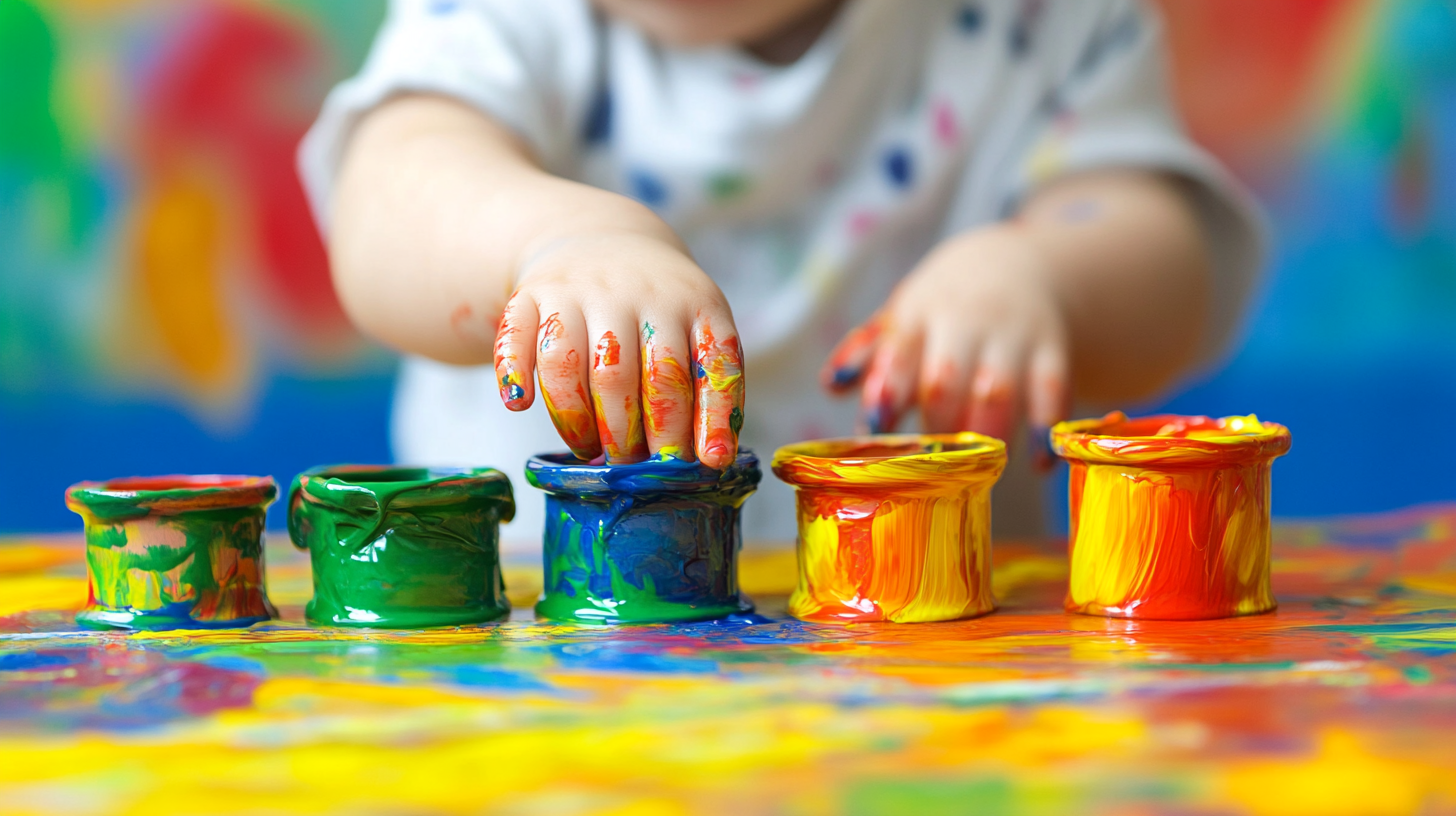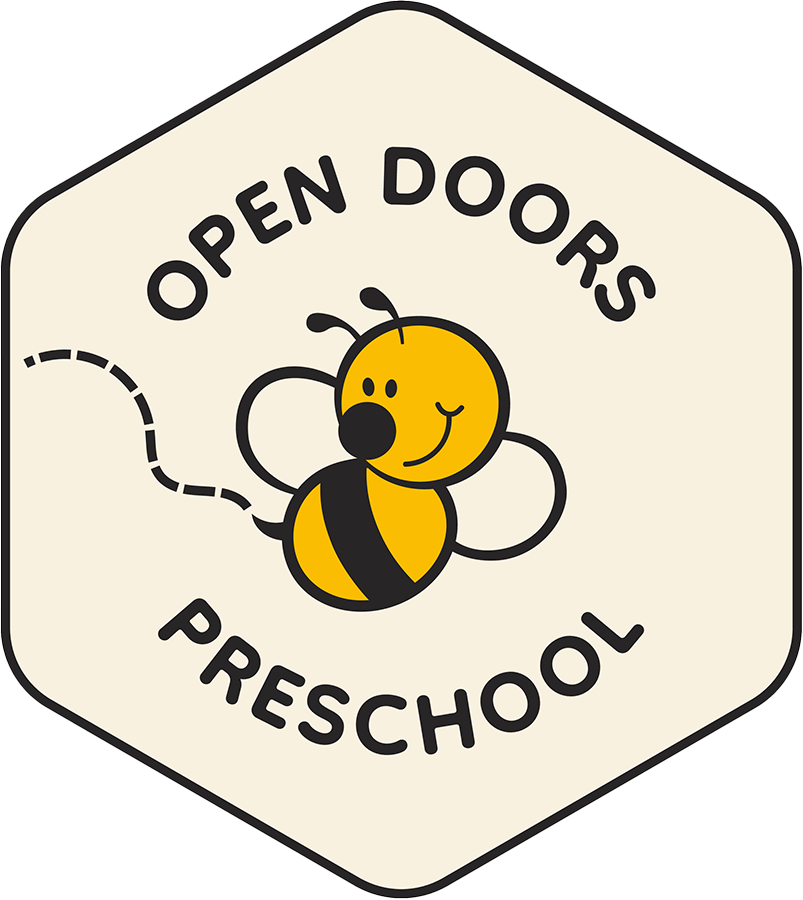Fostering creativity in preschoolers is essential for their overall development and future success. Engaging young minds in various learning activities not only enhances their imaginative capabilities but also supports critical skills such as problem-solving, social interaction, and emotional expression. In this article, we will explore the top five learning activities that effectively nurture creativity in preschoolers, from artistic endeavors to nature exploration, and how these experiences lay the foundation for lifelong learning and innovation.
1. Unlocking Creativity
Benefits of Art in Early Childhood
Art activities are a fantastic way to develop creativity in preschoolers. They provide children with a platform to express their thoughts and emotions freely, which is crucial for their emotional well-being. Art can also serve as a therapeutic outlet, allowing children to process complex feelings that they might not yet be able to articulate verbally. Moreover, engaging in artistic endeavors helps improve fine motor skills, hand-eye coordination, and problem-solving abilities, laying the groundwork for skills needed in later academic subjects such as mathematics and science.
Art also plays a significant role in cultural awareness and appreciation. By exposing children to different art forms and styles from around the world, they can learn about diversity and inclusion. This exposure not only broadens their horizons but also inspires them to experiment with their own unique styles. Encouraging children to explore various art techniques and mediums helps them build confidence and pride in their accomplishments, fostering a lifelong appreciation for creativity and innovation.
Engaging Preschool Crafts
Preschool crafts don’t have to be complicated to be effective. Simple projects such as finger painting, clay modeling, and collage creation can stimulate a child’s imagination and creativity. These activities allow children to explore their senses by touching different textures and seeing how colors blend and change. Encourage children to explore different textures, colors, and materials, and provide them with a variety of tools to experiment with, such as brushes, sponges, and stamps.
Let them take the lead and make their own choices, as this autonomy can lead to more creative outcomes. When children are given the freedom to make decisions about their projects, they learn to trust their instincts and develop critical thinking skills. Providing positive reinforcement and celebrating their efforts, regardless of the outcome, encourages children to take creative risks. This supportive approach helps build resilience and a willingness to try new things, essential traits for creative thinkers.

2. Storytelling and Dramatic Play
The Power of Storytelling
Storytelling is a powerful tool for sparking creativity in young minds. It encourages language development, listening skills, and imagination. Through storytelling, children learn to construct narratives, understand different perspectives, and enhance their vocabulary. Listening to stories can also improve focus and attention span, which are important skills for academic success.
Furthermore, storytelling introduces children to the concept of empathy by allowing them to see the world from different characters’ viewpoints. When children engage with stories, they explore complex themes and emotions, which can help them understand and navigate their own feelings. Storytelling also fosters a love for reading and literature, building a foundation for lifelong learning and curiosity.
Implementing Dramatic Play
Dramatic play allows children to act out stories or scenarios, providing them with the opportunity to experiment with roles and situations. This type of play is crucial for developing social skills, as it often involves cooperation, negotiation, and conflict resolution. Set up a corner in your classroom or home with costumes, props, and puppets to encourage this type of play, which can be a powerful form of self-expression.
You can also use storybooks as a starting point for creating new adventures, prompting children to imagine what happens next in the story. This not only enhances their storytelling skills but also encourages them to think critically and creatively. Dramatic play can be used to explore themes from various cultures and societies, broadening children’s understanding of the world. By supporting their imaginative play, we help children develop the flexibility of thought necessary for innovative problem-solving.
3. Nature Exploration
Connecting with the Natural World
Nature exploration is a wonderful way to inspire creativity in preschoolers. The natural environment offers countless opportunities for learning and discovery. By engaging with nature, children can develop a sense of wonder and appreciation for the world around them. This connection to nature can foster environmental stewardship and a sense of responsibility for the planet.
Moreover, interacting with the natural world can stimulate all the senses, encouraging children to observe, question, and hypothesize. Nature provides an ever-changing and unpredictable setting that can spark curiosity and imagination. When children explore the outdoors, they learn to appreciate the beauty and complexity of natural systems, which can inspire creative thinking in various contexts.
Outdoor Learning Activities for Preschoolers
Take your preschoolers on nature walks to collect leaves, rocks, or flowers. Encourage them to observe the shapes, colors, and patterns in nature, fostering a sense of curiosity and observation. Use these collected items for art projects or as inspiration for stories and dramatic play. This hands-on approach reinforces learning by connecting abstract concepts to tangible experiences.
You can also create a nature scavenger hunt to make the experience more interactive and exciting. This activity encourages teamwork and problem-solving as children work together to find items on their list. Additionally, setting up a small garden or planting seeds can teach children about life cycles and responsibility. By integrating nature into learning, we provide children with a holistic education that nurtures both their creativity and their understanding of the environment.
4. Music and Movement
The Role of Music in Learning
Music is a universal language that can stimulate creativity in children. It helps develop auditory skills, rhythm, and coordination. Engaging with music can also enhance memory and concentration, as children learn to recognize patterns and sequences. Music allows children to express themselves in a non-verbal way, which can be particularly beneficial for those who are still developing their language skills.
Music exposure also introduces children to different cultures and traditions, promoting inclusivity and cultural awareness. Learning songs in different languages or exploring diverse musical styles can broaden children’s perspectives. Music can also be a source of comfort and emotional expression, helping children navigate their feelings and build emotional resilience.
Incorporating Movement into Music
Combine music with movement to engage preschoolers fully. Create simple dance routines or action songs that encourage children to move in creative ways, promoting physical development alongside cognitive growth. Instruments such as drums, tambourines, and maracas can be introduced to add an extra layer of fun and encourage musical exploration.
Encourage children to create their own music and dance routines, fostering originality and self-expression. This autonomy allows them to experiment with sound and movement, developing their creativity and confidence. Group musical activities can also build teamwork and social skills, as children learn to collaborate and share ideas. By integrating music and movement, we create a dynamic learning environment that supports holistic development.
5. Building and Construction Play
Developing Spatial Awareness
Building and construction play is excellent for developing spatial awareness and problem-solving skills in preschoolers. Activities that involve stacking, sorting, and assembling can help children understand concepts such as balance, symmetry, and geometry. These foundational skills are crucial for later success in subjects such as mathematics and science.
Construction play also encourages strategic thinking and planning, as children experiment with different designs and structures. This type of play fosters patience and perseverance, as children learn from trial and error. It provides a safe space for children to experiment with ideas and see the tangible results of their creativity and innovation.
Toddler Learning Activities with Blocks
Provide children with a variety of building materials, such as blocks, LEGO, or recycled materials like cardboard boxes and plastic containers. This variety encourages children to think creatively about how different materials can be used. Encourage them to create structures from their imagination, whether it’s a towering castle or a cozy house. This type of play allows children to experiment with design and engineering concepts while boosting their creativity.
Engaging in building activities with peers also promotes social skills, as children negotiate roles and collaborate on projects. Celebrating their achievements and encouraging them to share their creations with others builds confidence and pride. By supporting construction play, we nurture future engineers, architects, and problem-solvers, equipping children with the skills needed for a rapidly changing world.

Tips for Encouraging Creativity
Create a Supportive Environment
To foster creativity, it’s crucial to create an environment where children feel safe to explore and express themselves. Ensure that materials and resources are readily accessible and that activities are open-ended, allowing for multiple outcomes. A clutter-free, organized space can also encourage focus and creativity.
In addition to physical space, emotional support is key. Encourage children to take risks without fear of judgment or failure. Celebrating their efforts and ideas, rather than just the final product, reinforces the value of the creative process. By providing a nurturing environment, we empower children to explore their potential and develop a lifelong love for learning.
Encourage Curiosity and Questions
Foster an atmosphere of curiosity by encouraging children to ask questions and explore their interests. This approach helps children develop critical thinking skills and a love for discovery. Celebrate their unique ideas and creations, reinforcing the value of creative thinking. Encourage them to find answers independently, guiding them through the process of research and exploration.
Provide opportunities for children to explore topics they are passionate about, whether through projects, discussions, or experiments. By validating their curiosity, we empower them to take ownership of their learning journey. This intrinsic motivation is a powerful driver of creativity and innovation, preparing children for future success.
Balance Structure and Freedom
While it’s essential to provide guidance and structure, allowing children the freedom to explore and create on their own is equally important. Striking the right balance will enable them to develop their creativity while still feeling supported. This balance helps children learn to manage their time and resources effectively, essential skills for future independence.
Offer structured activities with clear objectives, but allow flexibility in how children approach the task. This approach encourages them to think critically and devise their own solutions. By providing a framework while allowing for individual expression, we support the development of well-rounded, confident, and creative individuals.
Conclusion
Creativity is a vital component of early childhood development, and incorporating creative learning activities into a preschooler’s routine can significantly impact their growth. By engaging in art, storytelling, nature exploration, music, and construction play, children can enhance their creativity while developing essential cognitive and social skills. These activities nurture a sense of curiosity and innovation, preparing children for a future where creativity is highly valued.
By fostering an environment that encourages exploration and expression, you can support the next generation of creative thinkers. Cultivating creativity in early childhood lays a foundation for academic success, emotional resilience, and social competence. As educators and parents, our role is to provide the tools and opportunities for children to explore their creativity, paving the way for lifelong learning and fulfillment.
Contact Open Doors Preschool
Are you ready to nurture your child’s creativity and problem-solving skills? At Open Doors Preschool, we provide a supportive environment that encourages exploration and innovation through engaging activities like construction play.
For more information about our programs and how we can help your child thrive, please reach out to us today! Let’s work together to build a bright future for your child!

